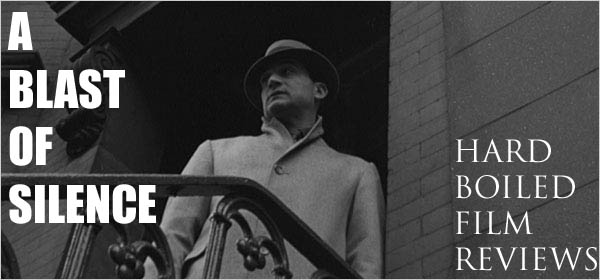 Even before entering director Spike Jonze’s monster-inhabited fantasy island, Where the Wild Things Are sets the tone at home for what young Max’s upcoming adventure will be all about. A culmination of difficult issues inside a family, struggling to cope with the idea of being lonely and the pains of growing up send Max storming out of his house angry and confused after an incident with his mother, leading him to escape via imagination.
Even before entering director Spike Jonze’s monster-inhabited fantasy island, Where the Wild Things Are sets the tone at home for what young Max’s upcoming adventure will be all about. A culmination of difficult issues inside a family, struggling to cope with the idea of being lonely and the pains of growing up send Max storming out of his house angry and confused after an incident with his mother, leading him to escape via imagination.Jonze has made a name for himself with other challenging, visually impressive and near dreamlike films like Adaptation and Being John Malkovich. But could adapting a 48 page book heavy with illustrations be his most challenging effort yet? Maurice Sendak, author of the classic children’s book of the same name, handpicked Jonze after feeling most connected to his work than the rest of the names on the long list of prospective directors. And from there Jonze and writer Dave Eggers stretched the short book into a lengthy screenplay, all the while staying in touch with Sendak to ensure the author’s approval on nearly all fronts.
From the moment Max touches land on the imaginary island the visual and emotional scope of Jonze’s film is realized. More melancholy than you might be prepared for, Where the Wild Things Are will leave children bewildered and adults absolutely satisfied.
But that satisfaction isn’t just the nostalgia factor of seeing a classic childhood book come alive. Jonze’s film is a spirited affair that forces its viewers to use their imagination in joint fashion with Max’s. Even the most stubborn grown ups must relinquish their inhibitions and revert their minds back to a freeing childlike state to really feel the sentimentality and emotion put into motion by Jonze and Eggers. So much of what Jonze and Eggers have to say about Max’s time spent with the monsters in his imaginary land can be traced back and related to Max’s life at home, a relatable emotion for most viewers.
An amazing source of this emotion springs forth from the inhabiting monsters themselves. Through a combination of live action, suitmation, animatronics and CGI, the monsters are brought to life in incredible fashion. It truly is remarkable how many effective displays of emotion and personality are pumped into and eventually out of these creatures. The decision to not rely solely on CGI really proves to be an excellent direction. By not depending on computers and leaving this sense of reality from the natural movements of actors in suits, the audience is even more drawn into Max’s imagination, and each monster is given a multi-faceted set of traits it can call its own. There is a sort of unspeakable believability instilled into the fantasy.
Visually Jonze’s film transcends good and leaps into artistic brilliant. Careful cinematography helps capture the beauty of the various types of terrain and land growing inside Max’s imagination. And one look at the fort built by Max and the monsters leaves the eyes in awe. Jonze uses a fresh palette of colors that relates to whatever the current mood of the film may be. In turbulent times a snowstorm sets in, while a beautiful bright sun can be seen in the more innocent, loving and tender moments.
Also speaking greatly for the mood of the film is the film’s soundtrack by Karen O, lead singer of rock band Yeah Yeah Yeahs and former girlfriend of Jonze. In her own innocent, childlike way, Karen O’s music speaks volumes for the tone. Karen O captures every raucous, playful and exciting moment like the enjoyable dirt clump fight but is also able to reflect on the more melancholy, experience-growing and sedative of Max’s experiences while away from the real world. There isn’t a moment in the film where her music doesn’t fit the scene, and for that her ability to ride the same wavelength as the film and resulting addition to the experience is just about as important as anything else.
A wonderful performance is put in by Max Records as central character Max. His innocence and determination is spellbinding. It’s a truly genuine performance and even more impressive when you consider the acting situation Records was put in, as the largest portion of the film is Records acting alongside actors in suits. Impressive voice acting was added to the project from the likes of Forest Whitaker, James Gandolfini, Paul Dano and Lauren Ambrose, all of whom help give the monsters their unmistakable personalities.
Fears that Where the Wild Things Are would only succeed on a nostalgic level should be immediately forgotten. A spirited Jonze took to task and created this magical, endearing masterpiece of youthful and soulful exploration that while ultimately working better as adult fare, will still entertain young ones even though they might wonder why exactly those monsters get so darn angry.
http://centralrecorder.com/2009/10/14/not-just-nostalgia-driven-where-the-wild-things-are-ignites-imagination/




No comments:
Post a Comment